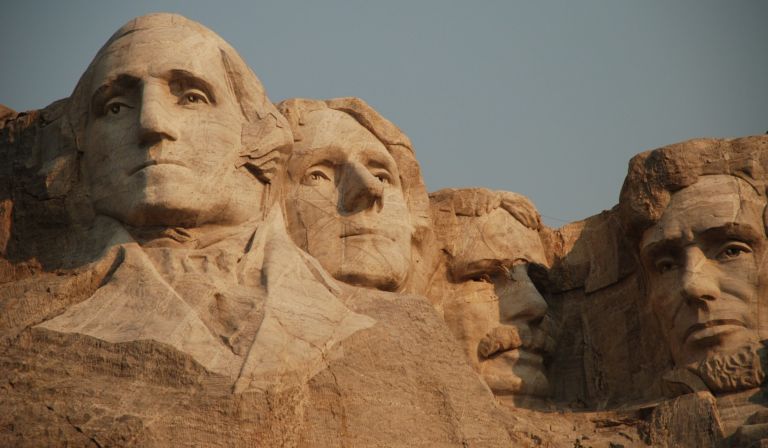One could write entire books — Steven Hayward-length books, for that matter — about the differences between our 40th and 44th presidents.
Nonetheless, some commentators have strained credulity in comparing Ronald Reagan and Barack Obama.
In the latest National Review, Michael G. Franc of the Heritage Foundation focuses on legitimate similarity between the two presidents: Both helped drive voters toward the Republican Party.
During the course of Reagan’s presidency, voters’ self-identification as Republicans grew by three percentage points, while the percentage of self-reported Democrats dropped by six points. (Franc doesn’t mention it in the article, but this measurement was taken after the Iran-Contra scandal.)
In Obama’s first two years in office, identification with the Democratic Party dropped by five points, while Republicans picked up a percentage point.
The greatest lesson from the Reagan years is that not only must a president’s agenda achieve results, but the agenda must be in sync with America’s ideological center of gravity, which has long been located on the right. Given the historical norm in which there are roughly three self-described conservatives for every two liberals, that is a daunting challenge for a liberal president. The single greatest factor distinguishing Obama’s first 24 months from Reagan’s was his decision to advance a relentless big-government agenda at a time when conservative attitudes and values favoring limited government were on the rise. Both the 2010 exit polls and Gallup’s extensive surveys indicate that conservatives now account for roughly 40 percent of the electorate while only 20 percent acknowledge being liberal.


